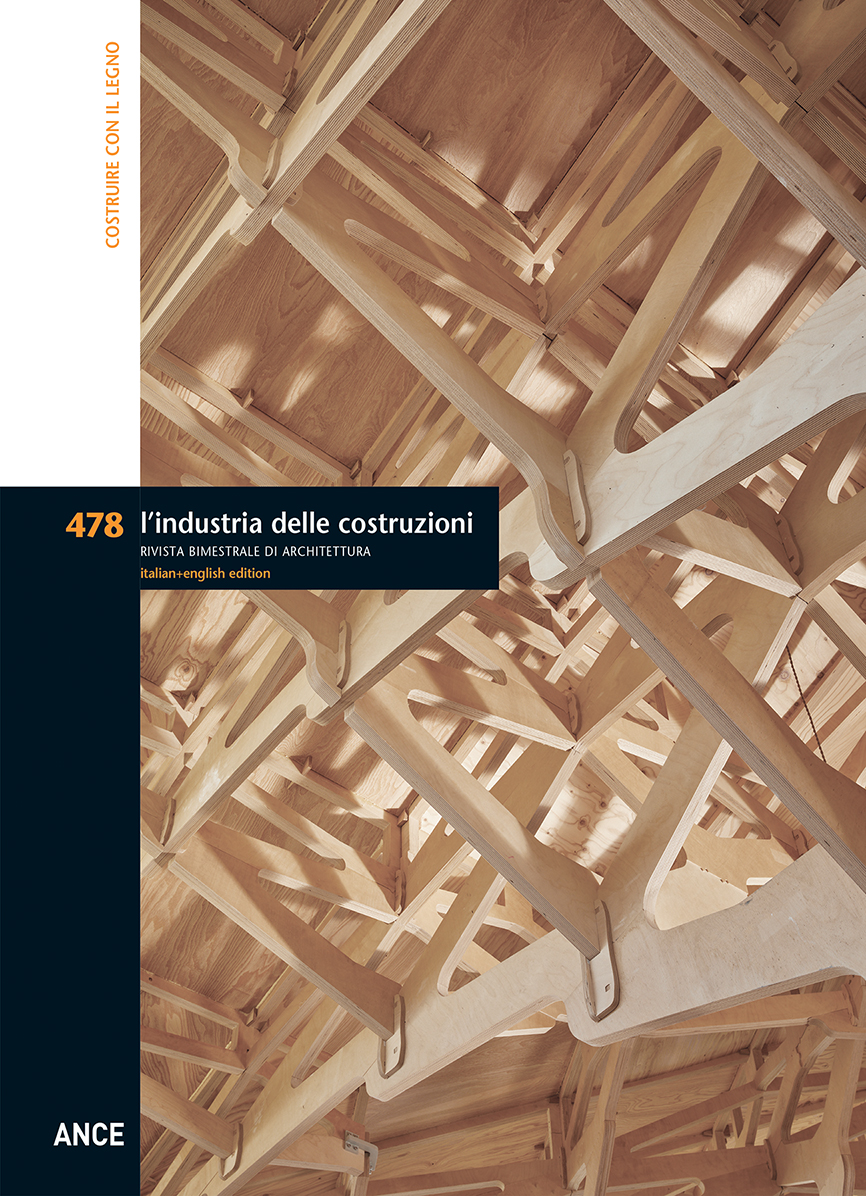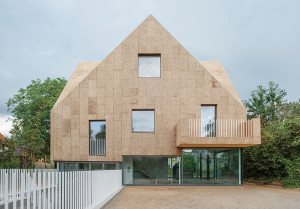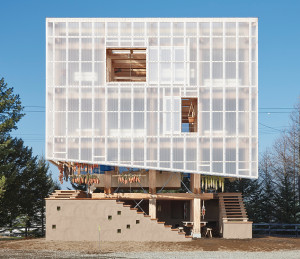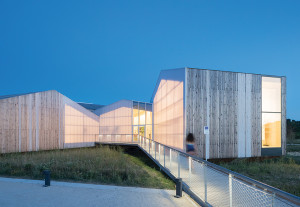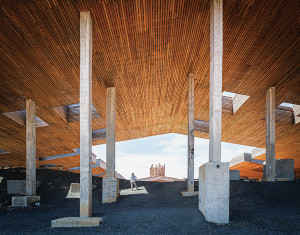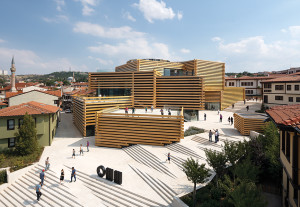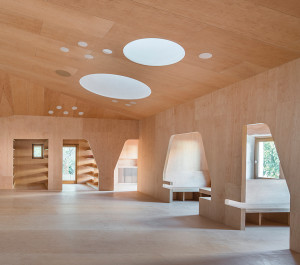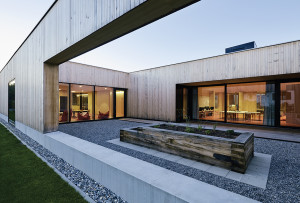MAR
APR
2021
Building with wood
In recent years timber building technologies have developed notably. This has led to a more widespread adoption of this material, which can now be used to create complex and large span structures. It is also possible to reach greater heights, such as that of the Mjøsa Tower, completed in 2019 in a small Norwegian city: at 85.4 metres, it is the tallest timber structure in the world. The recent fortunes of timber constructions are not linked solely to technical questions, but also to at least two other reasons. The first is due to the fact that the timber supply chain, from harvesting to fabrication to use on the building site to disposal, when properly managed in relation to the entire lifecycle of a building, is much more environmentally sustainable than other materials, in particular thanks to the low energy consumed during production; the second is linked to cultural changes in contemporary society that place precedence on values of lightness and are maturing a diverse notion of the duration of a building. We have moved from an idea of permanence to one of transitoriness. All of this must be considered together with the expressive and symbolic values of wood, which can be used in construction without losing its natural characteristics. This guarantees a greater durability over time, proper maintenance and the possibility to recycle it compared, for example, to newer materials like plastics or metals. These aspects are once again of importance to a throwaway society like ours. Wood is also associated with a range of sensations and symbolic values linked to the origins of building, and thus to dwelling and the relationship with nature which other materials are unable to evoke. Wood now represents a material rich with potential yet to be explored. A material that unites formal research with the most authentic symbolic values of dwelling.

